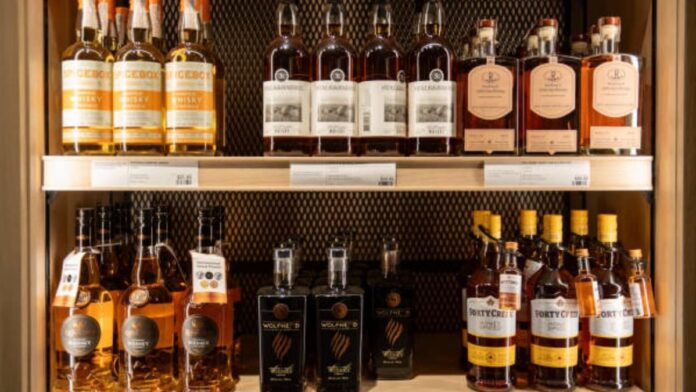– By Richa Singh
The Indian alcohol beverage (alco-bev) industry, known for its resilience and significant contribution to the exchequer, is expected to witness transformative trends in 2025. Building on reforms introduced in 2024, the industry is gaining momentum despite persistent challenges. Here’s a closer look at the financial trends shaping this vibrant sector in 2025:
Towards Simplified Taxation
Also Read Size of Income Tax-Act to reduce by half in new Bill: CBDT chief Budget 2025 Expectations: Anticipating regulatory shifts Budget 2025: Tax parity, simplified compliance, boost to domestic capital on startup VCs’ wishlist Budget 2025: A Balancing Act
The removal of GST from Extra Neutral Alcohol (ENA) in 2024 was a much-needed relief, reducing production costs for spirits and enabling greater competitiveness for local players. While the industry continues to face a labyrinthine tax regime, with each state imposing its own levies, cesses, and policies, there is hope that streamlining taxation at the state level could improve the ease of doing business.
In the absence of a unified tax framework, standardizing pricing and taxation, while allowing states to retain some level of fiscal autonomy through state-level cesses, offers a viable middle ground. Such measures would not only reduce compliance burdens for companies but also streamline revenue collection for governments, creating a win-win scenario. This approach could be a game-changer, attracting greater investments into the sector while ensuring fiscal stability.
ALSO READ‘Guys, Eternal is the parent…’: Zomato clears the air on name change and rebranding
Local Players and Craft Boom
India’s alcohol landscape is undergoing a dynamic shift with the rise of local players, microbreweries, and craft distilleries. From premium craft gins to artisanal whiskeys, entrepreneurs are capitalizing on the growing demand for unique, high-quality products. These ventures are not only catering to the discerning urban consumer but also boosting regional economies by sourcing local ingredients and employing local talent.
This surge in microbreweries and distilleries is creating a ripple effect across related industries, including packaging, logistics, and tourism. For instance, many regions are now offering immersive distillery experiences, attracting tourists eager to learn about the craft and heritage behind their favourite beverages. Supporting this trend through favourable policies and financial incentives could further bolster the sector.
» Read More


